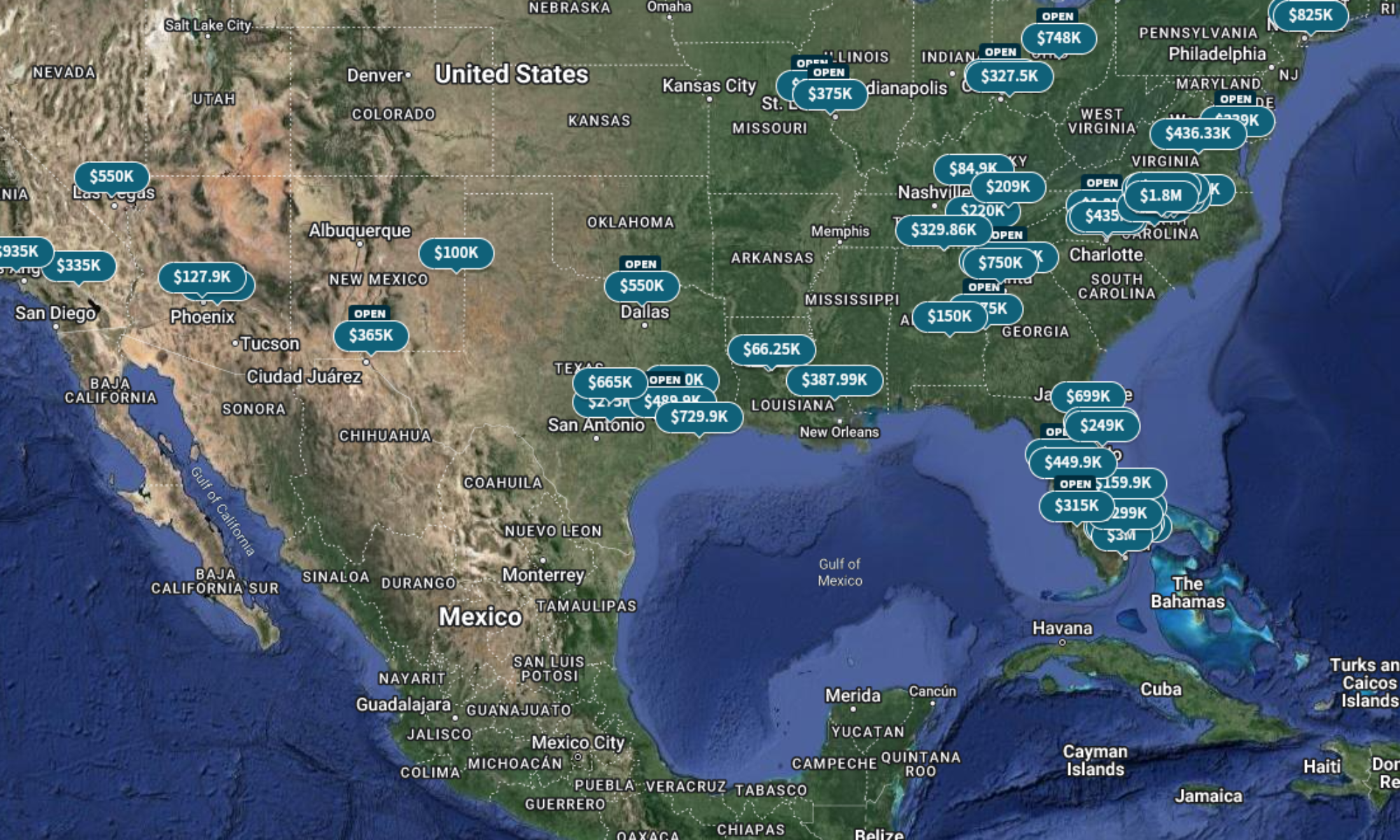 |
| “Everything we see hides another thing, we always want to see what is hidden by what we see.” -René Magritte |
What is your goal with regards to financial stability? Do you want to be “a millionaire”? Do you want to be considered one of the richest people in the world? Do you want to retire early and follow a passion, such as world travel or support a volunteer organization?
Or do you just want to get to the point of being able to live comfortably and not have to worry about worrying? (FYI, these are not rhetorical questions. I really would like to know your goals)
There seem to be several ways of looking at this and all seem to contradict each other in some way, shape, or form.
Having the goal of becoming “a millionaire” is either not a good idea (according to CNBC) or highly dependant on your goals and specific situation (according to Kiplingers). TL;DR – Lot’s of factors to consider.
If becoming one of the richest people in the world is your goal, there is a pretty good chance that you already are there. If you make more than $34, 200 per year in income, you are already in the top 1% of the world’s wealthy. If you are looking at Net Worth, you need to have a Net Worth of $770,000 or better to be in the top one percent of the wealthiest people in the world.
For those of you who want to retire early for travel or whatever, it is possible with a little effort and strategic thinking. Or, better yet, take the Tim Ferriss approach and set yourself up to take multiple mini-retirements starting now.
I kind of like the Tim Ferris approach and want to achieve that one day. And we are working towards that goal. In fact, I would venture to say that we are almost there.
I have worked most of my life with the goal of getting to this goal or that goal, then everything will be: easier, gravy, much simpler. But this past year, we had a revelation…over the last 15 years or so, every change in situation at work or uncomfortable conditions to be endured were rationalized by saying “this is only temporary and when I achieve “X”, things will be much better!” The revelation was that every time “X” was achieved, a new “X” would take it’s place. It’s a continual cycle of expanding goals.
Not long after realizing that this was continually happening in my work life, a speaker at a REIA (Real Estate Investment Association) that I attend in Lafayette, Louisiana covered the topic “Freedom Number?…Check! Now What? Albert Pellissier basically pointed out that you don’t need to be on a continuous roller coaster of “Striving for ‘X'” and spend more time with your family, enjoying your life.
That is what I intend to do. I also want to share tips, tricks, and ideas, through this blog, with all of you, to help you achieve your goals.
Let me know what you think in the comments. Ask questions, tell your story.
If you like my posts, please share them with others and subscribe to this blog.








